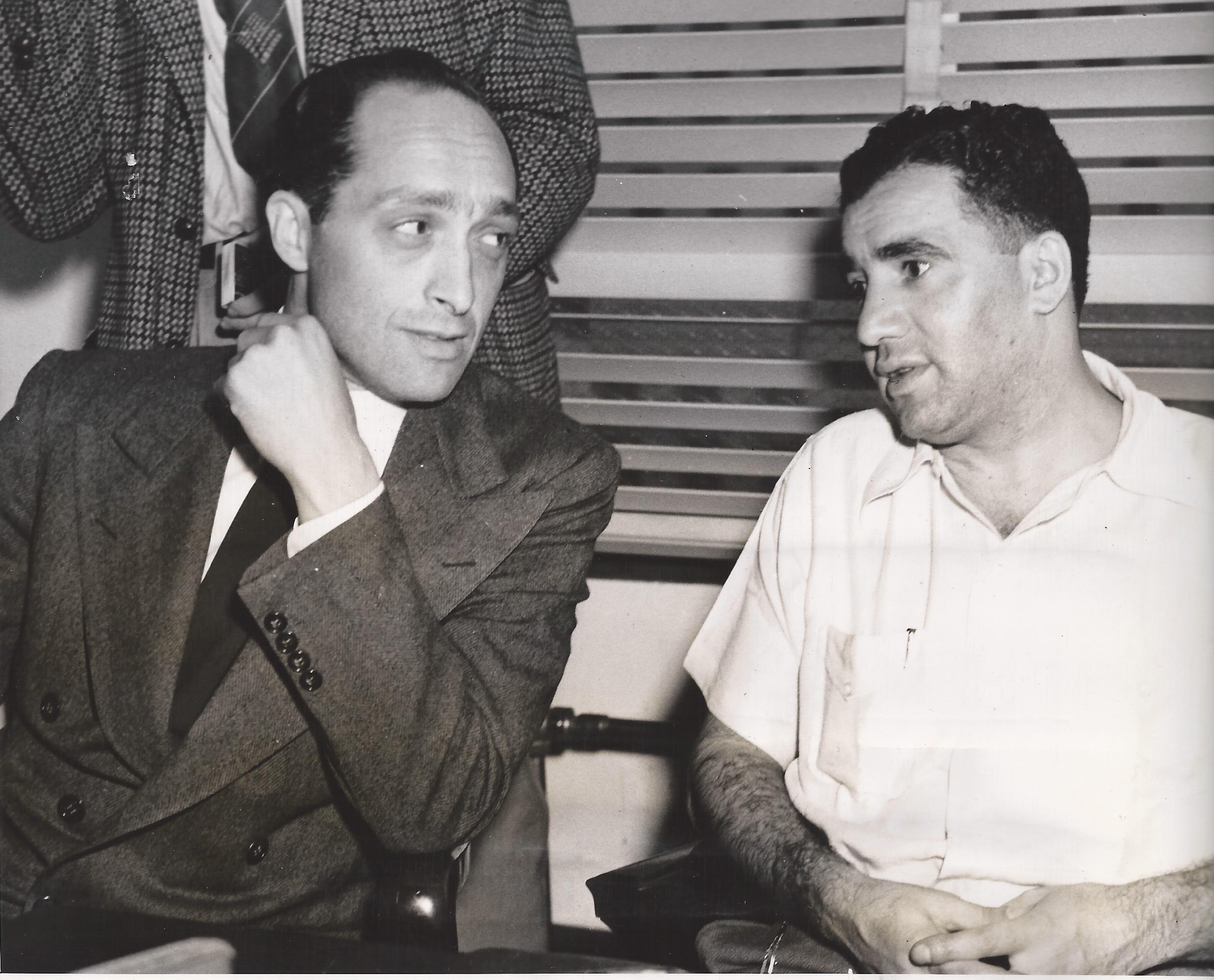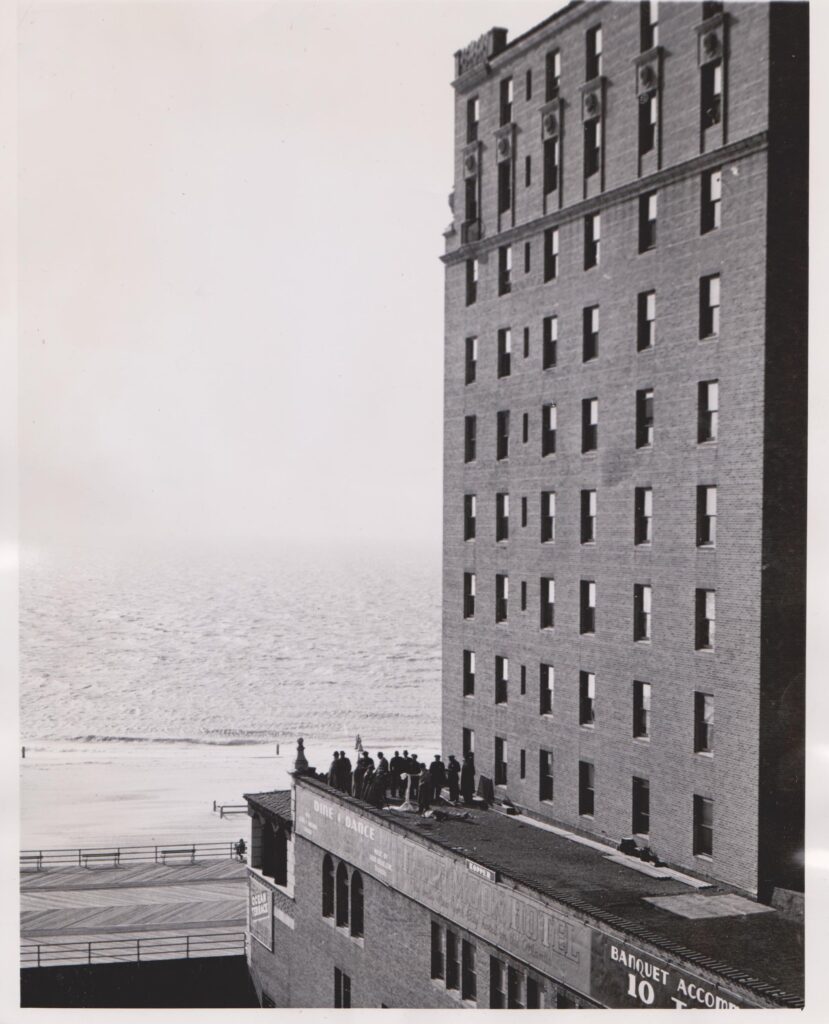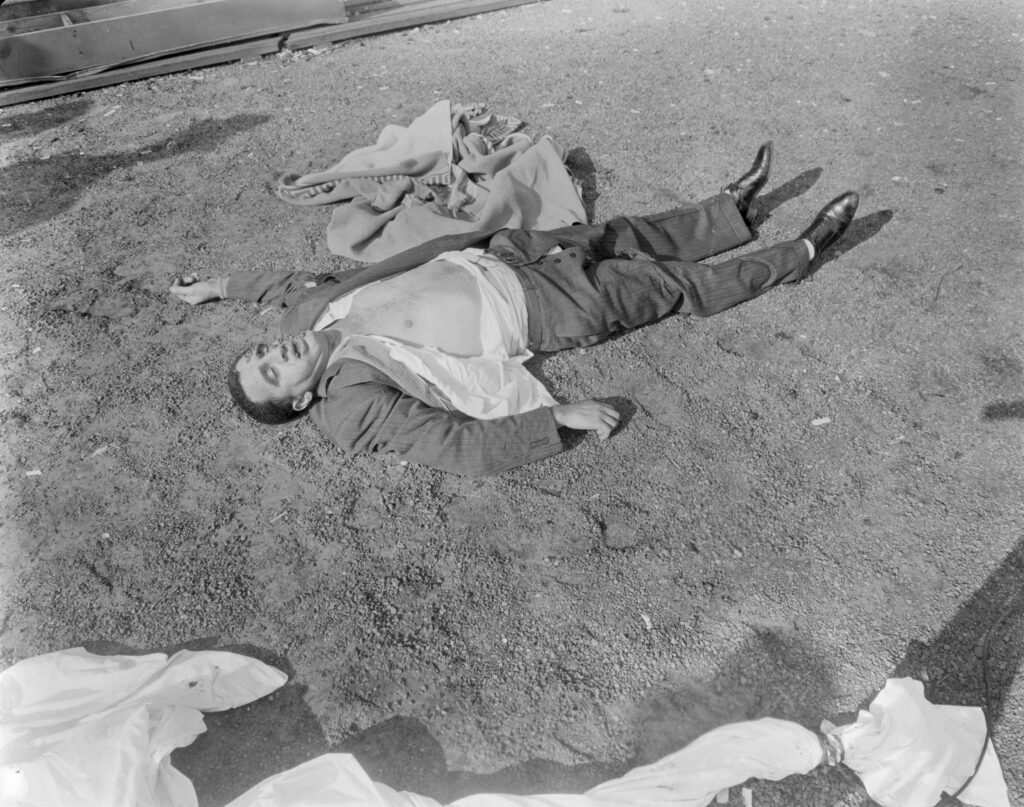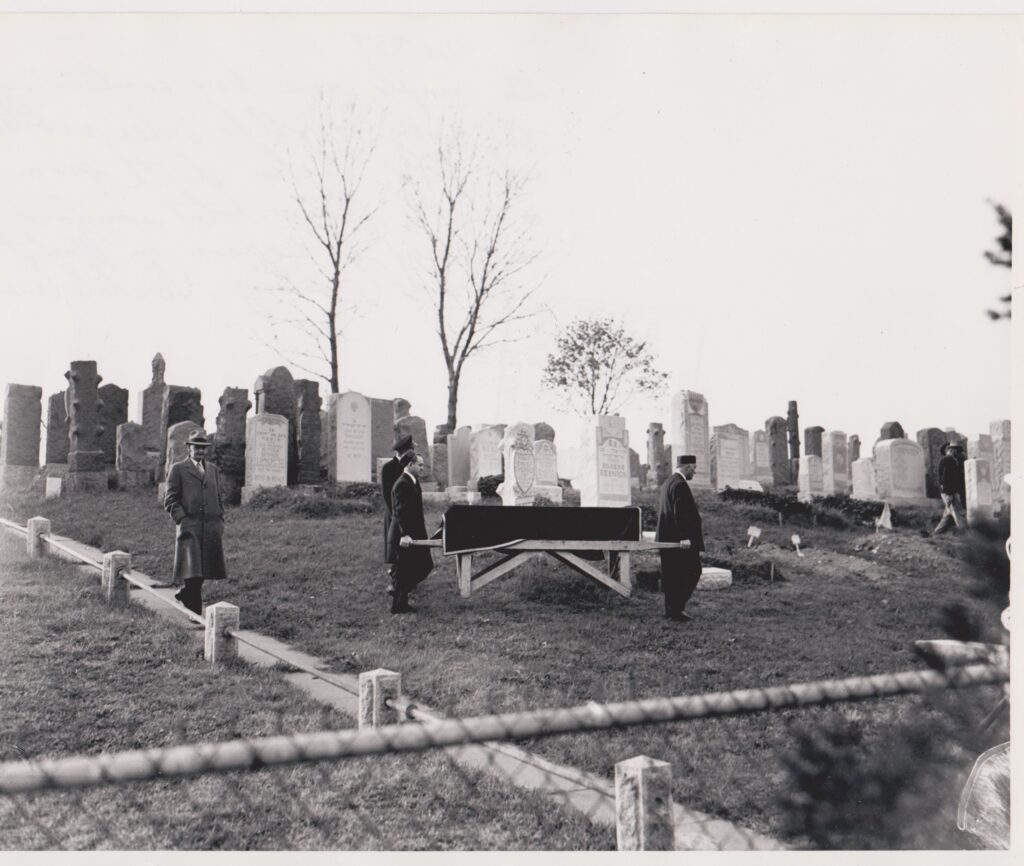Eighty-two years ago this month, Murder Inc.’s Abe Reles took a mysterious fall
Debate continues over whether ‘Kid Twist’ jumped or was pushed out of hotel window

Abraham “Kid Twist” Reles’ damning testimony assisted in taking down some of the most vicious Mob enforcers during the sensational Murder Inc. trials. After sending many of his colleagues to the electric chair, the prosecution’s singing star was set for his biggest performance yet – testifying against New York Mafia boss Albert “The Mad Hatter” Anastasia.
A funny thing happened on the way to that big day, though: The canary found out the hard way that he couldn’t fly.
Witness protection
The Murder Inc. investigation was wrought with paranoia from the outset. The district attorney’s office and every other law enforcement entity involved were keenly aware that the singing canaries were also walking targets for Mob reprisal.
In an effort to minimize opportunistic marksmen and to keep the “choir” protected behind official security details, DA William O’Dwyer’s office rented a suite on the sixth floor of Coney Island’s Half Moon Hotel. Lodged on the floor with Reles were fellow witnesses Albert “Tick Tock” Tannenbaum, Mickey Sycoff and Sholem Bernstein. Each had his own room. Guards on duty – officers specifically reporting to the DA’s office – maintained positions throughout the 10-room section within Suite 620. Two guards were assigned to the hotel’s main floor, but their instructions were vaguely listed as “keeping an eye out for suspicious people.”

The witnesses were housed on the sixth floor of the hotel for the better part of a year. During that time, they were permitted visits from wives and other family, and transported to and from various courtrooms in and outside New York.
By November 1941, Reles had already testified in three Murder Inc. cases. Two of those trials sent four of his former gang pals to the electric chair. A third trial – that of Irving Nitzberg for the murder of Albert “Plug” Shuman – almost gave Old Sparky another notch. Nitzberg avoided execution several times and eventually got out of prison altogether.
Reles had also traveled to Los Angeles to testify against a syndicate big shot – Benjamin “Bugsy” Siegel. Interestingly, the more valuable (though ultimately futile) testimony was offered by Tannenbaum in that case. Reles was not quite as important. That said, Reles was expected to be brought back to California to again offer testimony against Siegel. That day never came.
Flight of the songbird
Sometime between 3 a.m. and 6.30 a.m. on the chilly morning of November 12, 1941, Reles jumped, slipped or was forced out of the window of Room 623 of the Half Moon Hotel. He had been scheduled to testify that morning against Anastasia, the alleged Murder Inc. boss.
The news of Reles’ death spread quickly, followed by rapidly multiplying conspiracy theories. In the aftermath, five members of O’Dwyer’s witness protection force were demoted. Captain Frank Bals, overseer of the security squad, came under heavy scrutiny and offered contradicting information, yet was defended throughout by O’Dwyer himself.

Many questions were raised regarding how secure the witnesses really were, who was in charge that night and, of course, was the Mob behind Reles’ demise? Besides his scheduled appearance against Anastasia, Reles was also expected to again take the stand against Siegel and Louis “Lepke” Buchalter, who was arguably the top prize for eager law enforcement entities. Among other things, it was evident that Lepke, along with Anastasia and Jacob “Gurrah” Shapiro, was a direct overseer of Murder Inc. and possibly the most accountable.
But did Reles’ mysterious free fall ruin the plan to get Lepke? No. Buchalter, Mendy Weiss and Louis Capone were all put to death after convictions for their roles in the murder of Joseph Rosen in 1936. Reles’ testimony would have been good for the prosecution but, as it turned out, the incriminating testimony came from Tannenbaum’s mouth.
Who did it?
Nobody really knows what really took place. However, a grand jury investigation concluded in 1951 that Reles’ death was an accident. The grand jury further condemned many aspects of the investigation. Among the points of criticism: no specific guard was ever in charge; some evidence was simply disposed of or not examined; the extremely long amount of time it took to identify and then examine Reles’ body; and the unaccountable hours between the last moment Reles was seen alive and the moment when he was found dead.
Despite the bad taste left in their collective mouths, the grand jurors determined from all the evidence they studied that Reles had tried to lower himself to the partially open window of Room 523 (which showed evidence of scrapings they believed were caused by Reles trying to grab the window sill), was too heavy for the wire and bedspread rope he had fashioned for this purpose.

Plus, if anyone had really wanted to kill Reles, it likely would have been done already, as there had been ample opportunities for more than a year because the witnesses were accessible from time to time. The stories or theories of Reles suffering from the symptoms of syphilis, or having been drunk at the time, were also dismissed by the investigation.
“Reles died of a fractured dislocation of the fourth and fifth lumbar vertebras, ruptured liver and spleen and hemoperitoneum (hemorrhage in the abdomen),” according to the grand jury statement on his cause of death.
In the early 1950s O’Dwyer – then ambassador to Mexico – was called before the Kefauver Committee to answer questions regarding his purported friendship with mobster Frank Costello and how it came to pass that Anastasia never once entered a courtroom during the Murder Inc. trials. O’Dwyer offered few concrete replies to the probing questions, and when grilled on the Reles/Anastasia situation, he replied: “When Reles went out the window … [the case went] out the window with him.”
Christian Cipollini is the author of Murder Inc.: Mysteries of the Mob’s Most Deadly Hit Squad and LUCKY, a gangster graphic novel.
Feedback or questions? Email blog@themobmuseum.org





